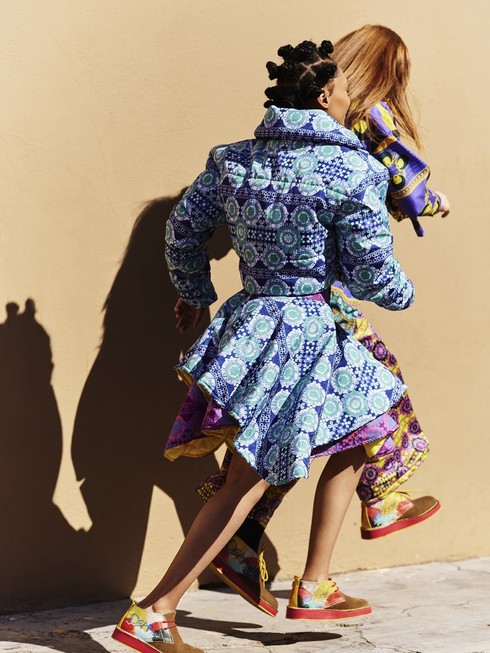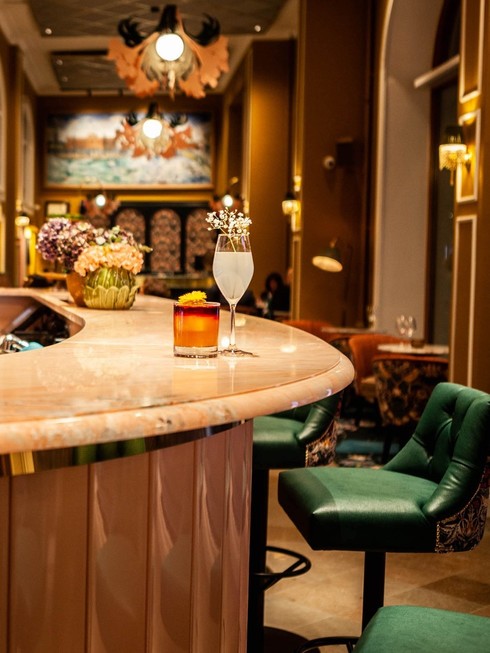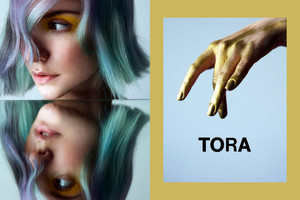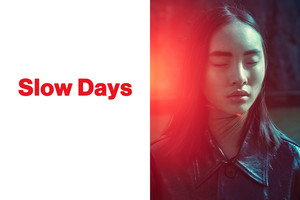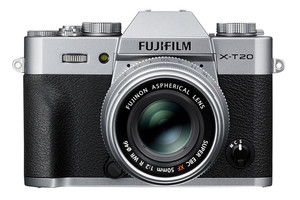DHL collaborate with South African brand Veldskoen
Written by Fashion TalesDHL Express, the world’s leading express logistics provider, has become synonymous with unexpected fashion brand collaborations over the past few years. Starting with a Vetements DHL T-shirt which made a debut on a Paris catwalk for their 2016 Spring/Summer season, followed by a collaboration with mybudapester.com to produce a limited-edition sneaker to commemorate DHL’s 50th anniversary. DHL’s latest fashion partnership - in their quest to delight and surprise the fashion world - is with South African shoe company, Veldskoen.
“For decades, we have made designers and fashion labels more successful worldwide, by creating tailor-made shipping solutions and using our unique logistics network to connect them with a greater, global audience. Following our successful fashion collaborations across Europe, North America and Asia, we wanted to find an African brand for our next exciting collaboration. Veldskoen created a modern take on an iconic South African shoe by adding a pop of colour to the soles and laces, and have built up an impressive customer base across the globe since their inception in 2016. And we’ve been working with the team at Veldskoen over the past few months to reinvent the traditional veldskoen yet again,” says Megan Collinicos, VP Marketing, DHL Express Sub Saharan Africa.
“When DHL approached us with an idea to collaborate on a limited edition shoe to highlight South African fashion, it was a no-brainer for us. Their previous fashion projects really pushed the boundaries with some unexpected pairings, so being selected as the first African brand for the next collaboration was super exciting. There were instant synergies between our two brands, the most obvious one being the desire to make a difference in the communities in which we operate,” adds Veldskoen CEO, Nick Dreyer.
Each pair of DHL x Veldskoen ‘Dear Everyone’ shoes goes through a process that sees 66 pairs of hands handcrafting the shoe in Durban, South Africa. Local South African artist, Reggie Khumalo, designed a mural for the side panels of the shoe, incorporating the campaign messaging, as well as subtle South African references within the design.
DHL x Veldskoen ‘Dear Everyone’ campaign
The DHL x Veldskoen campaign evolved quite dramatically with the onset of the Covid 19 Pandemic. A fashion collaboration of this scale presented the opportunity to share a purpose- driven message with the world. The impact of the pandemic has shown that while we are not all the same, we are all of the same. We wanted to create something that celebrates ‘Everyone’ and ‘every one’, says Collinicos.
Dreyer adds, “DHL has afforded Veldskoen a moment to show the globe the talent, creativity, and manufacturing ability that Africa has to offer. We have produced a high fashion shoe, while every stage of the development process and every link in the supply chain has been carefully considered from a sustainability point of view.
365 pairs of bespoke, handmade, DHL x Veldskoen ‘Dear Everyone’ shoes will be produced and sold via a shoe drop lottery system. The shoe will be officially unveiled in London on Thursday 17th March which will mark the opening of the shoe drop lottery system.
Visit DHLxVeldskoen.com for more information.

